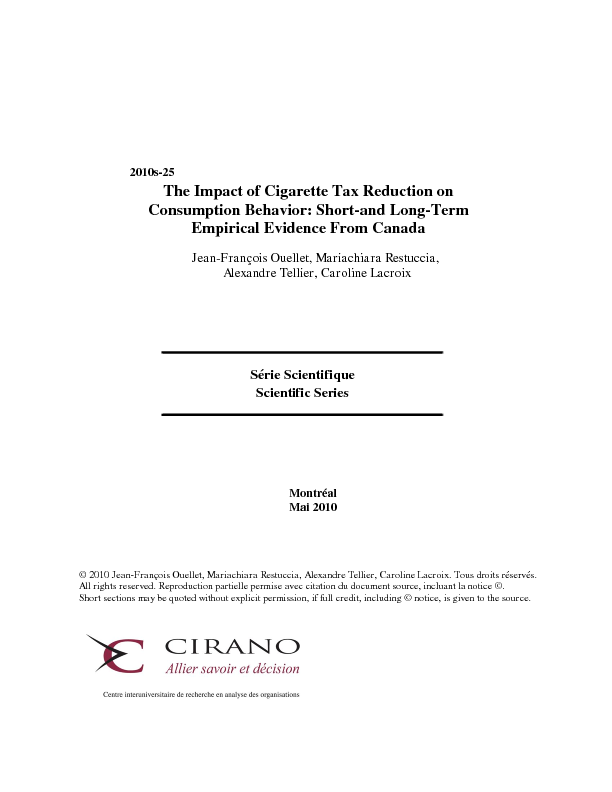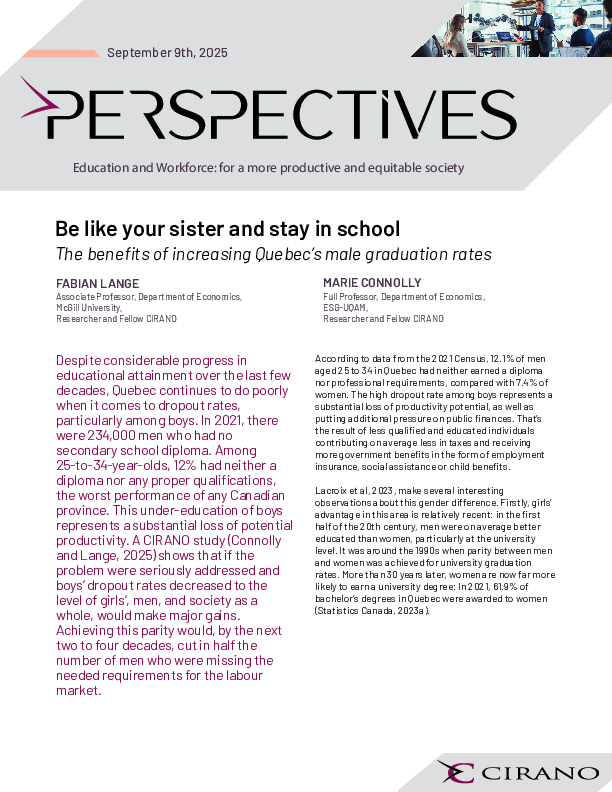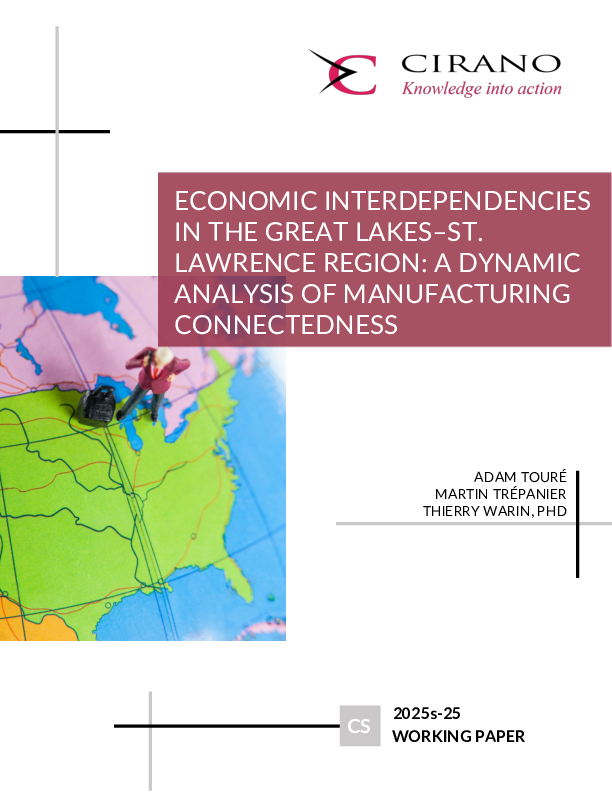The Impact of Cigarette Tax Reduction on Consumption Behavior: Short-and Long-Term Empirical Evidence From Canada
Several academic studies have been conducted to explore the link between taxes on tobacco products and consumption behavior, especially smoking cessation. While most research has been conducted by comparing static levels of taxation across states or countries, almost none have looked at the dynamic effects of taxes, let alone the context of a tax decrease that is non-homogeneous within a given country, alongside parallel phenomena such as resort to smuggling. Moreover, most research has failed to adopt a contingency framework taking into account potentially influent variables such as age and consumption levels. Using a unique dataset compiled by Statistics Canada, we estimate several models that explore consumers' behavior towards cigarettes as taxes are rolled back, their resort to consuming smuggled products, as well as a range of individual factors that influence said behaviors. We show effects in the very short termthat is, right after taxes are decreasedand in the long termthat is, a little over one year after taxes have been rolled back. Our results suggest that consumption of smuggled cigarettes is directly and strongly linked to the level of taxes and that this behavior can be efficiently curbed by tax reduction. Tax cuts explain in the range of 17% a smoker's decision to stop regularly consuming smuggled cigarettes. In addition, our results suggest that taxes themselves play a very limited role in explaining individuals' propensity to quit or to start smoking, especially in comparison with age and current smoking levels. Our analyses show that, despite statistically significant effects attributable to the large sample size, the part of a smoker or non-smoker behavior that is explained by taxes is very small. In other words, while cigarette tax cuts do reduce propensity to quit or to remain a non-smoker, especially in the long run, they are responsible for about ½ of 1% of this decision. In comparison, models that take into account respondent age or, for smokers, the average number of cigarettes smoked daily, can explain in the order of 5% to 10% the variation in behaviorthat is, 10 to 20 times as much as taxes only. These results suggest that, despite their statistically significant influence on smokers and non-smokers behavioral changes, tax cuts from an original level as high as $21 on a carton of 200 cigarettes are not key short-term and long-term behavioral change agentsthat is, when taxes are that high, and in a context where about 20% of the population does smoke, tax cuts neither strongly induce non-smokers to start smoking nor strongly induce smokers not to quit smoking. However, they do, where smuggled products are readily available, strongly decrease smokers' consumption of smuggled cigarettes. This should warrant further investigation of more effective means to curb smoking in this context, such as societal marketing efforts raising awareness of the short- and long-term health hazards associated with smoking.
[ - ]




